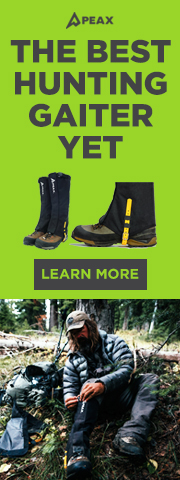cohunter14
Administrator
- Jul 10, 2017
- 5,326
In another thread, Sickforit23 asked the following so I figured we would start a new topic on it. Some great questions here:
In all my research of units and over the past couple years i've had good luck picking out units that we've been able to see a lot of elk in but once i get to the unit that i like, i have a hard time figuring out the proper tactics to narrow down specific hunt areas within those units.
What strategies or tactics (do you focus mostly on finding north facing slopes, drainages, changes in elevation or specific topography?) do you guys use to narrow down specific areas within a unit and how many different areas do you usually have picked out in a unit? I've heard some guys say 5, some say 10, i've even heard some say upwards of 15?
If this helps, i'm an archery hunter so i am only trying to pinpoint areas that look like good archery areas.
In all my research of units and over the past couple years i've had good luck picking out units that we've been able to see a lot of elk in but once i get to the unit that i like, i have a hard time figuring out the proper tactics to narrow down specific hunt areas within those units.
What strategies or tactics (do you focus mostly on finding north facing slopes, drainages, changes in elevation or specific topography?) do you guys use to narrow down specific areas within a unit and how many different areas do you usually have picked out in a unit? I've heard some guys say 5, some say 10, i've even heard some say upwards of 15?
If this helps, i'm an archery hunter so i am only trying to pinpoint areas that look like good archery areas.



